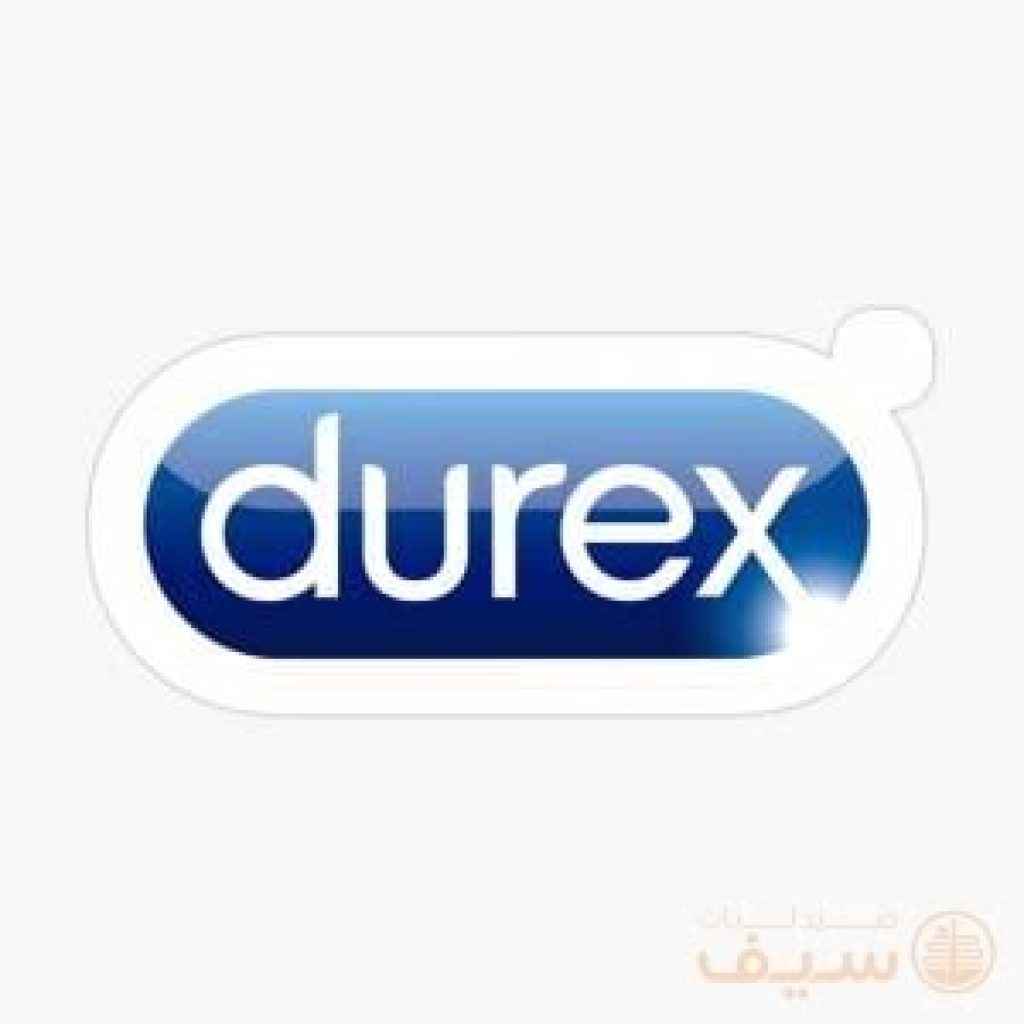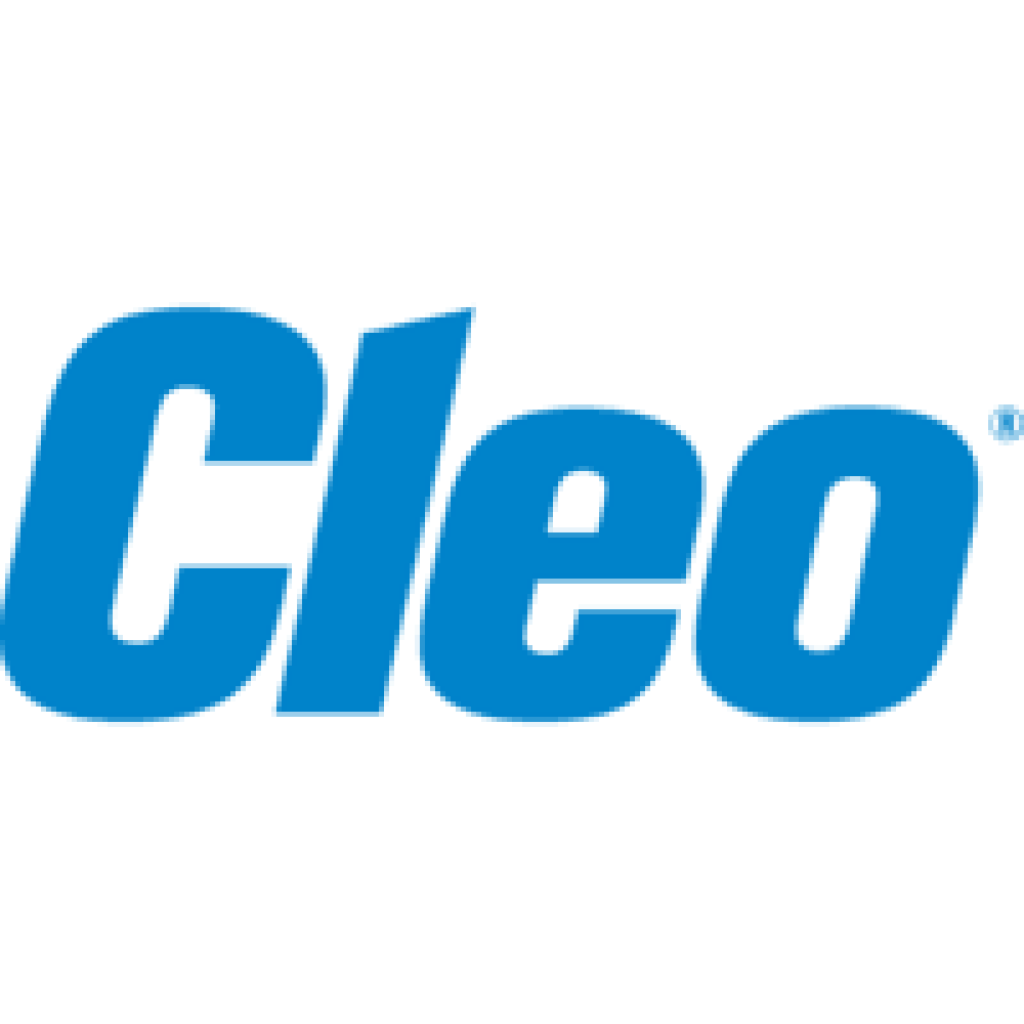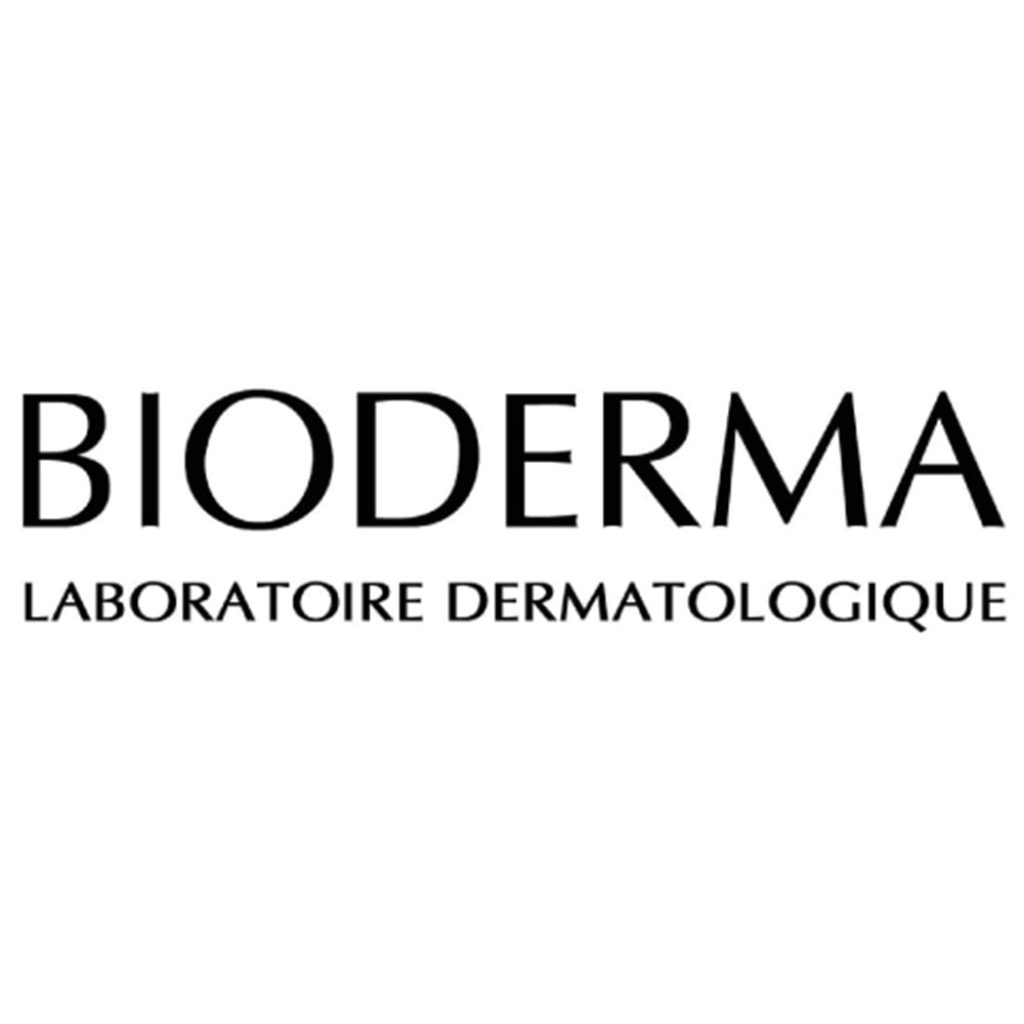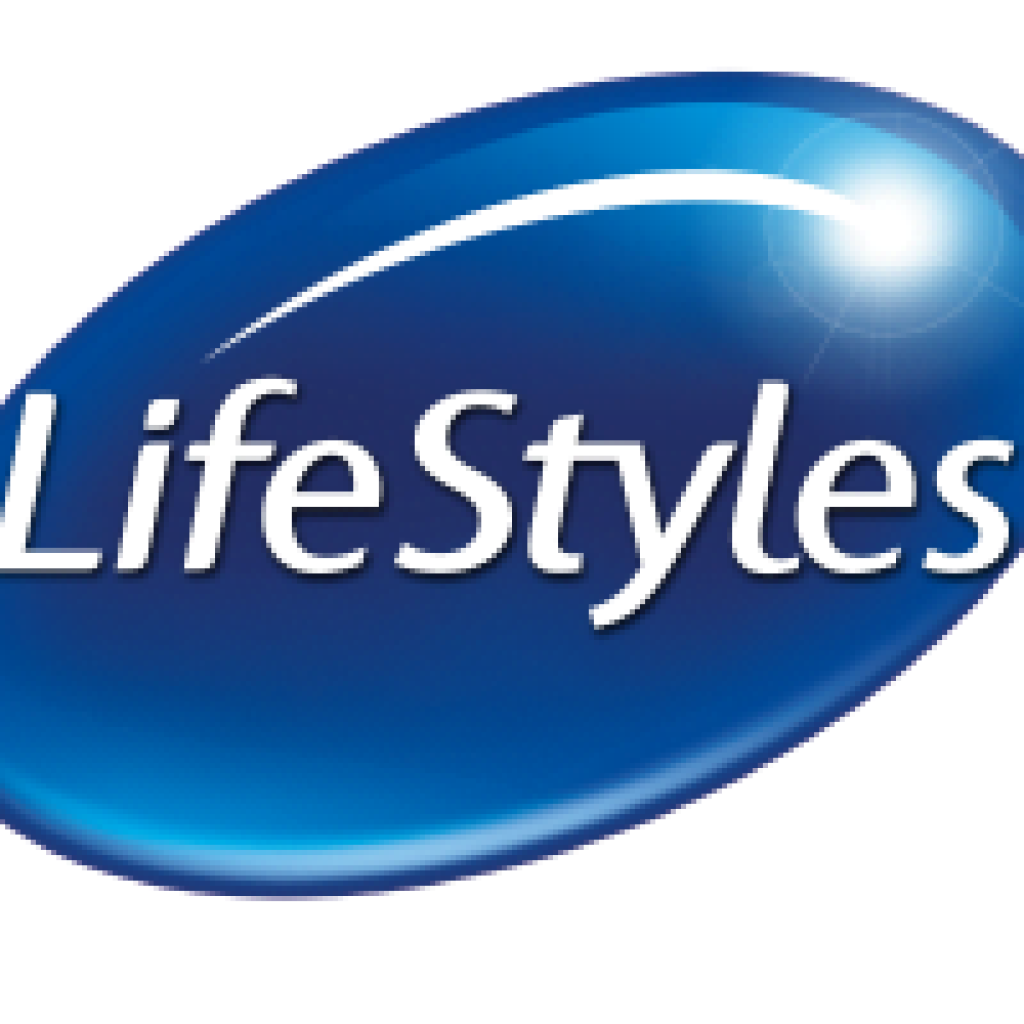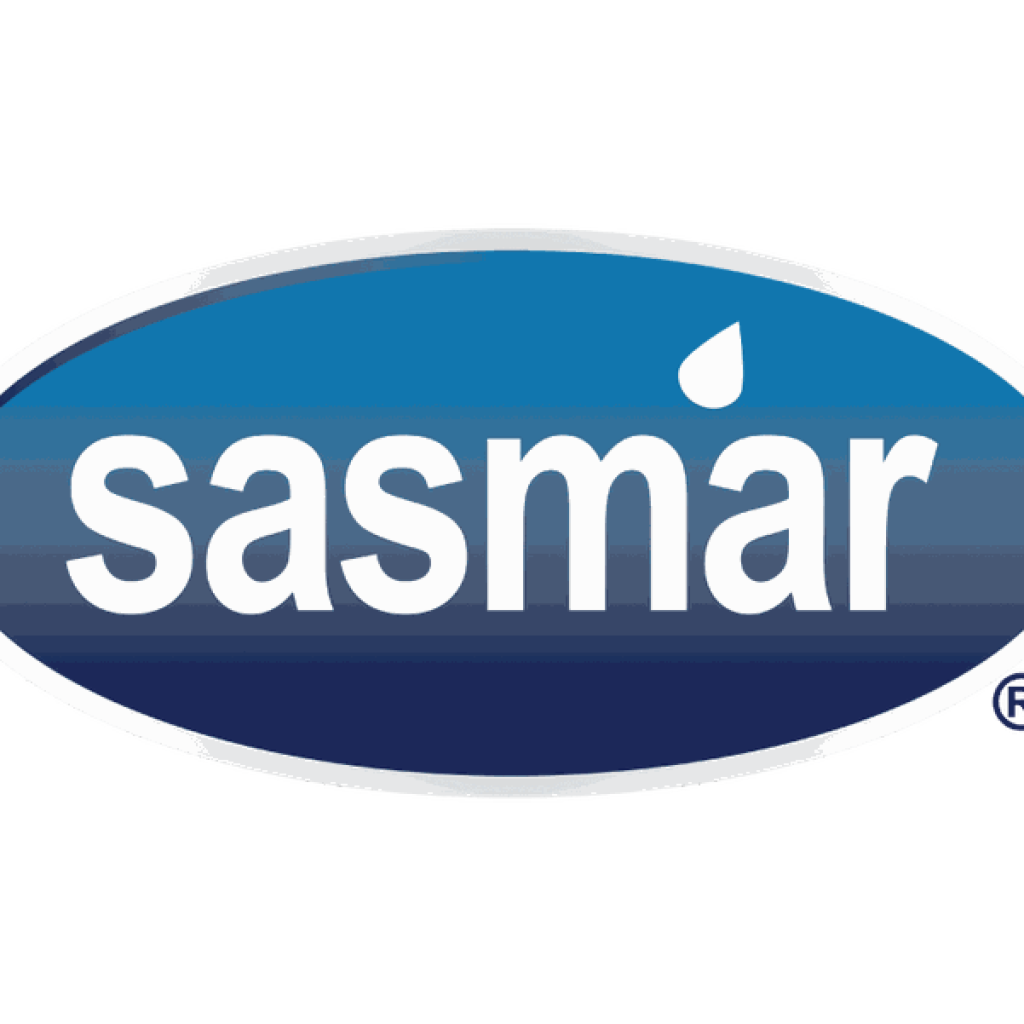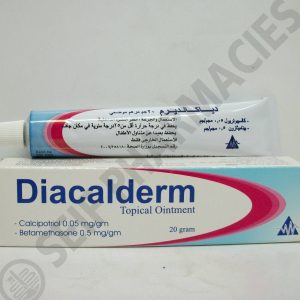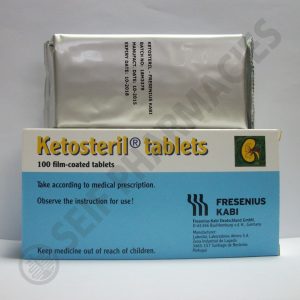No products in the cart.
| * Indications: Tacrolimus Ointment, for adults, and for children aged 2 to 15 years, is indicated for short-term and |
| & intermittent long-term therapy in the treatment of patients with moderate to severe atopic dermatitis in |
| & whom the use of alternative, conventional therapies are deemed inadvisable because of potential risks, |
| & or in the treatment of patients who are not adequately responsive to or are intolerant of alternative, |
| & conventional therapies. |
| * Dosage and Method of Administration: |
| # Adult: |
| & Apply a thin layer of Tacrolimus Ointment to the affected skin areas twice daily and rub in gently and |
| & completely. Treatment should be continued for one week after clearing of signs and symptoms of atopic |
| & dermatitis. |
| & The safety of Tacrolimus Ointment under occlusion which may promote systemic exposure, has not been |
| & evaluated. Tacrolimus Ointment should not be used with occlusive dressings. |
| # Pediatric: |
| & Apply a thin layer of Tacrolimus Ointment 0.03% to the affected skin areas twice daily and rub in gently |
| & and completely. Treatment should be continued for one week after clearing of signs and symptoms of |
| & atopic dermatitis. he safety of Tacrolimus Ointment under occlusion, which may promote systemic |
| & exposure, has not been evaluated. Tacrolimus Ointment 0.03% should not be used with occlusive |
| & dressings. |
| * Contraindications: |
| & Tacrolimus Ointment is contraindicated in patients with a history of hypersensitivity to tacrolimus or any |
| & other component of the preparation. |
| * Warnings and precautions: |
| # General: |
| & Studies has not evaluated the safety and efficacy of tacrolimus ointment in the treatment of clinically |
| & infected atopic dermatitis. Before commencing treatment with tacrolimus ointment, clinical infections at |
| & treatment sites should be cleared. |
| & While patients with atopic dermatitis are predisposed to superficial skin infections including eczema |
| & herpeticum (Kaposi’s varicelliform eruption), treatment with Tacrolimus Ointment may be associated with |
| & an increased risk of varicella zoster virus infection (chicken pox or shingles), herpes simplex virus |
| & infection, or eczema herpeticum. In the presence of these infections, the balance of risks and benefits |
| & associated with Tacrolimus Ointment use should be evaluated. |
| & In clinical studies, 33 cases of lymphadenopathy (0.8%) were reported and were usually related to |
| & infections (particularly of the skin) and noted to resolve upon appropriate antibiotic therapy. Of the 33 |
| & cases, the majority had either a clear etiology or were known to resolve. Transplant patients receiving |
| Weight | 100 kg |
|---|
Q & A
There are no questions yet
Ask a question
Your question will be answered by a store representative or other customers.
This site is protected by reCAPTCHA and the Google Privacy Policy and Terms of Service apply.
Thank you for the question!
Your question has been received and will be answered soon. Please do not submit the same question again.
Error
An error occurred when saving your question. Please report it to the website administrator. Additional information:
Add an answer
This site is protected by reCAPTCHA and the Google Privacy Policy and Terms of Service apply.
Thank you for the answer!
Your answer has been received and will be published soon. Please do not submit the same answer again.
Error
An error occurred when saving your answer. Please report it to the website administrator. Additional information:




